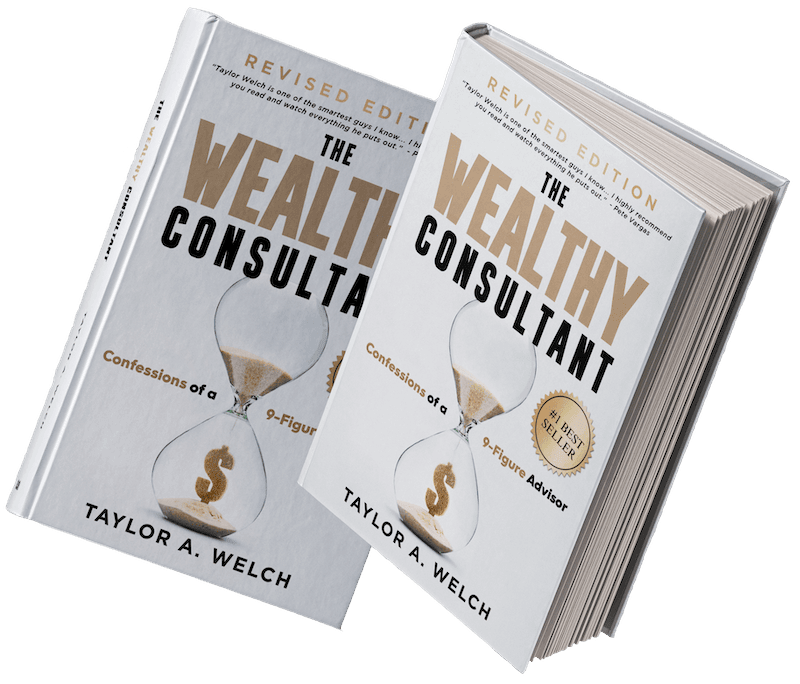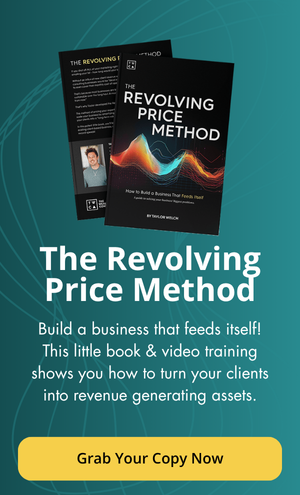Why Most Ads Fail Before the First Click
Most marketers write ads that sound exactly like what people expect from ads.
And that’s the issue.
We’ve entered an era of overexposure. Buyers see hundreds of ads a day, and their brains have built fortresses of… let’s call it “indifference.” Business builders think that their marketing would hit if it were merely better written. But they’re missing the whole point. They don’t actually grasp persuasion as well as they think they do.
The highest converting marketing in the world doesn’t rely on gimmicks or clever garbage to convey its message. The top 1% of marketing relies on psychology.
And this isn’t some theoretical detour either. It’s the architecture that makes the difference between a campaign that scales profitably and one that flops quietly. If your marketing hasn’t been hitting the mark lately, it may be because the message lacks neurological precision. Imprecise marketing, that lacks meaningful connection to the market, will always fail. And your marketing metrics will feel that failure.
So here’s the blueprint: five principles, backed by human behavior, built for actual conversion. Let’s begin.
Desire, Identity, and Belief: The 3 Pillars of Persuasion
Marketing is, by and large, rooted in desire. BUT it must never terminate with desire. That’s only the first leg of a three-legged stool. For a message to convert, it must also speak to identity and reinforce belief.
Desire is the visible craving, the surface-level want. Identity is the invisible driver underneath: who the buyer believes themselves to be. Belief is the permission slip the brain gives itself to move (action). Without belief, desire collapses under hesitation. Without identity alignment, the message feels generic and gets ignored.
Effective ads must answer three questions simultaneously: Do I want this? Is this for someone like me? Can I actually win here?
If the answer to any one of those is “no,” the scroll continues. You lose. Sorry. Try again.
Target Motivators, Not Just Pain
Pain points are overused because they’re easy. But exceptional advertising targets the motivators, which live underneath the pain.
There are nine core psychological motivators according to “Marketing to Mindstates” by Will Leach:
- Achievement
- Autonomy
- Belonging
- Esteem
- Competence
- Empowerment
- Nurturance
- Engagement
- Insecurity
Each motivator carries its own energetic fingerprint. Ads that perform consistently well are written through the lens of these drivers, not just symptoms.
Two people might want to make more money, but one is driven by legacy while the other is fueled by freedom. Different motivation. Different copy. Higher conversion.
Guessing here is a quick way to fail hard. Don’t do it. Instead, study the motivators of the market through GENUINE… MARKET… RESEARCH (aka, freaking go and ask them).
Loss Aversion: How to Anchor Value Against the Real Cost of Doing Nothing
Behavioral economists have proven that people are more motivated to avoid loss than to pursue gain. Statistically, more people in your market are not playing to win… they are playing to not lose. In marketing, this principle shows up as one of the most underutilized tools in the bag: value anchoring through avoidance.
The real cost of a product isn’t the invoice. It’s the bleed that continues if the buyer stays stuck. Smart marketers don’t position a $5K program as “worth $10K.” They frame it as the solution to a $50K problem the buyer is actively experiencing. The longer they wait, the more they lose.
Ads that anchor value to the cost of not solving the problem leverage the brain’s hardwired instinct to protect what’s already slipping away. It’s why “status quo” is more expensive than risk. The more vividly that cost is illustrated, the less price becomes a barrier.
Build Belief Beyond the Button Press
Conversion STARTS with the click, but it doesn’t end with it.
It continues the next day, and the day after that. If belief breaks after the sale, refunds spike and reputation erodes. That’s why the best marketing on the planet sells a future rather than selling a product.
High-performing marketers map out what success looks like, feels like, and functions like in the buyer’s life. They stretch time forward. They tell the story of what clarity looks like in week four, not just what the bonus stack looks like today. This is the same reason we teach narrative anchoring and brand-integrated messaging inside of Why Clever Ads are Destined to Fail Without a Strong Brand. Because when belief is extended, trust scales.
Design Choices That Trigger Action
Nobody likes to be sold. They want to feel empowered, and they want to CHOOSE.
Choice is a neurological shortcut to empowerment. It creates the illusion of control, even if the path has already been paved.
Example… Have you ever gone to purchase a software that has tiered pricing that unlocks optional bonus features? Rather than giving you one option and saying, “You will buy this or get nothing,” they’re creating a choice within a choice. Wrapped up in the choice between two tiers is the inherent idea that you WILL end up buying SOMETHING. You’re just choosing which version of that “something” you actually want.
This reduces friction and increases ownership. And when buyers feel like they own the decision, they move faster and with more certainty.
Your Copy Isn’t Broken But Your Psychology Might Be
Structure rooted in psychological patterns is the playground of expert marketers.
When persuasion is built on neurological foundations instead of surface trends, campaigns scale consistently and sustainably. The frameworks above are timeless because they’re built into the wiring of the human mind.
If the message isn’t landing, go deeper. Not louder.
Rebuild the persuasion from the brain out.

A $7.95 MBA in Modern Consulting
If this article made you re-think your ad strategy, wait until you crack open the full system.
The Wealthy Consultant Book is an operating manual for advisors, creators, and entrepreneurs who want scalable revenue, positioning that sticks, and intellectual property that commands premium prices.
The book is $7.95. That’s not a typo. It’s a filter.
We send it physically to your door, and it comes with the foundational strategies we use to build multi-million dollar pipelines—and teach to private clients inside our consulting and media businesses.

